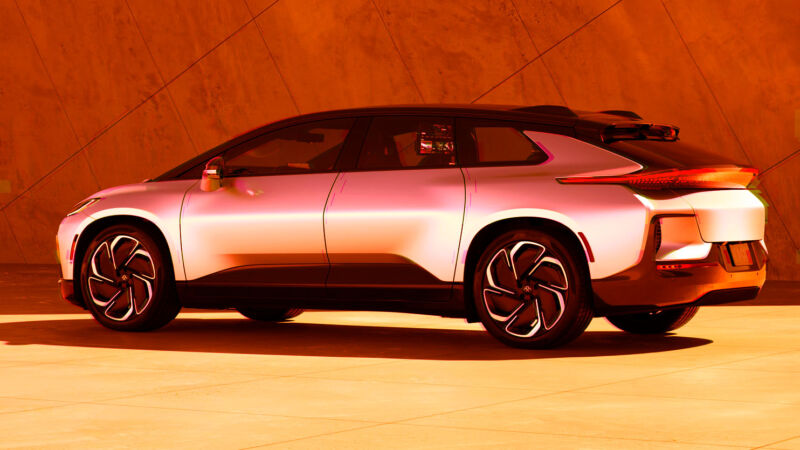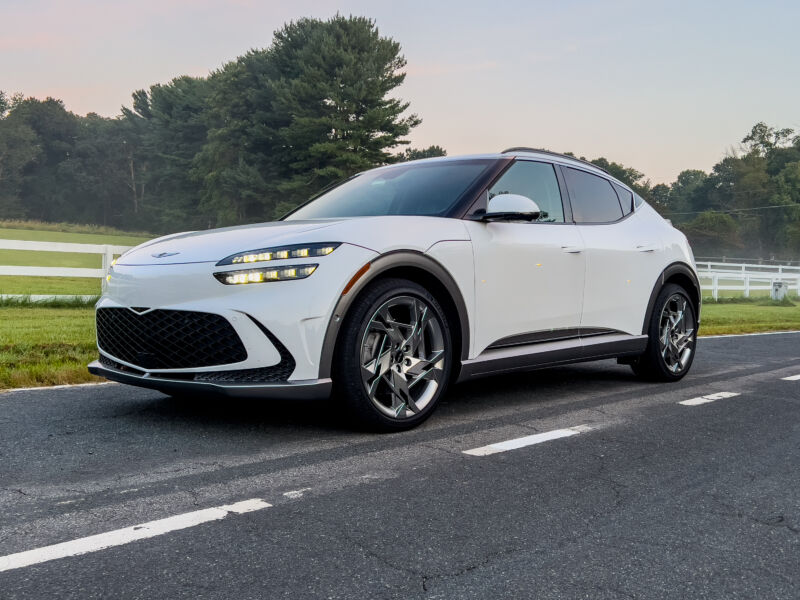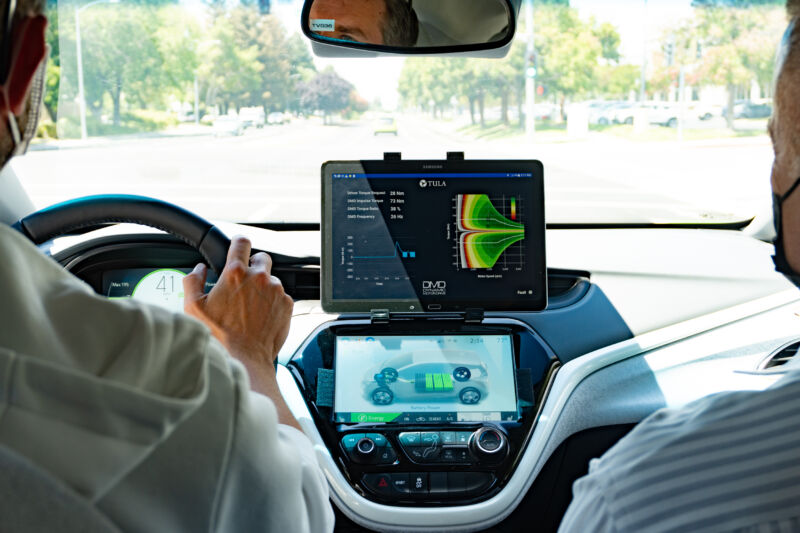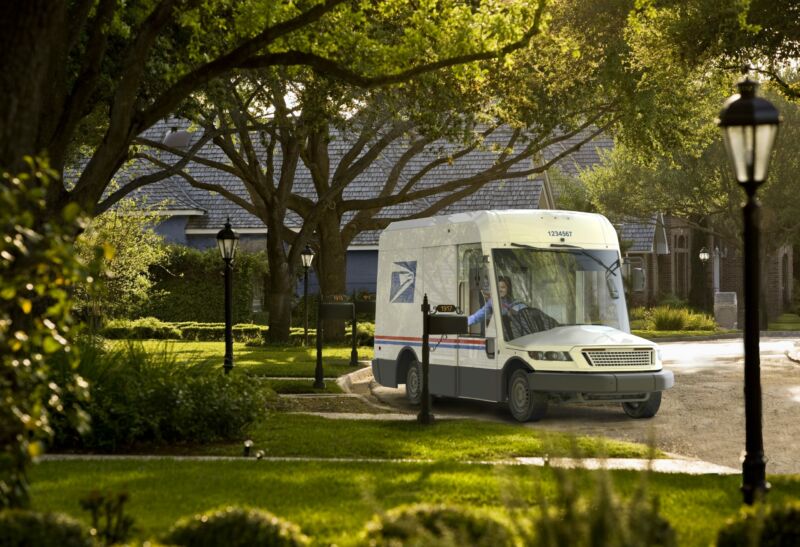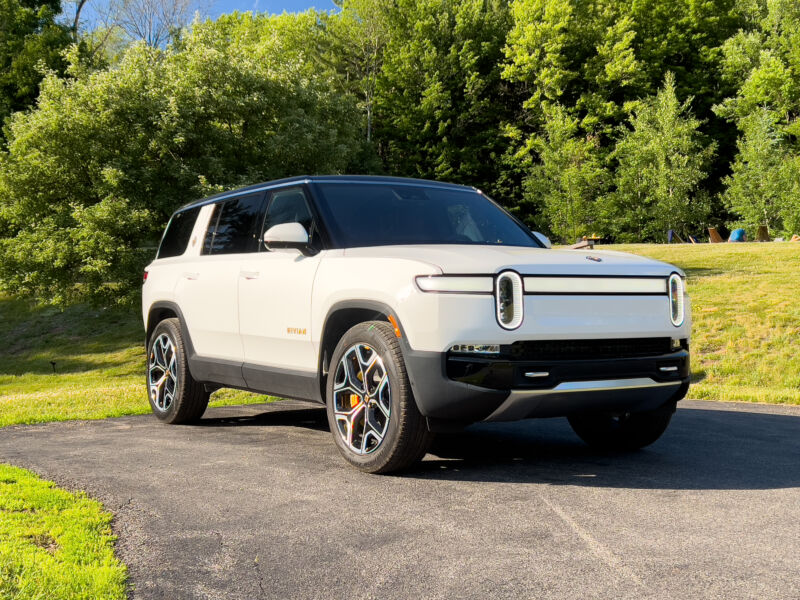-
 chevron_right
chevron_right
Dialing back the bling makes a better EV: The 2023 Mercedes EQE sedan
news.movim.eu / ArsTechnica · Tuesday, 27 September, 2022 - 16:00 · 1 minute

Enlarge / The Mercedes-Benz EQE sedan's shape has been designed to create as little drag as possible.
Mercedes-Benz provided flights from DC to Denver and back, plus two nights in a hotel, so we could drive the EQE sedan and the EQS SUV, which you'll be able to read about on September 29. Ars does not accept paid editorial content.DENVER—No one has more experience with launching new cars than Mercedes-Benz, the world's oldest existing automaker. The company is at the start of a new phase of its existence, as it transforms into a carbon-neutral company that mostly builds electric vehicles. But it's sticking to some tried and true strategies as it does.
So, like the smaller, cheaper E-Class that follows the S-Class sedan, the EQE sedan will arrive this fall in the US to follow last year's bigger, more expensive EQS sedan .
Built using Mercedes' new EVA2 platform for EVs, the EQE is obviously related to the EQS; the two cars look similar, having been optimized to the nth degree by the wind tunnel and computational fluid dynamics. It's an evolution of the cab-forward "four-door coupe" look that the company pioneered on the CLS, but with any rough edges polished away to aid the air's passage over and around the bodywork as efficiently as possible. Mercedes hasn't published the EQE's drag coefficient, but I'd be surprised if it was higher than the EQS's remarkable 0.2, given that it rides on smaller 19-inch wheels.


